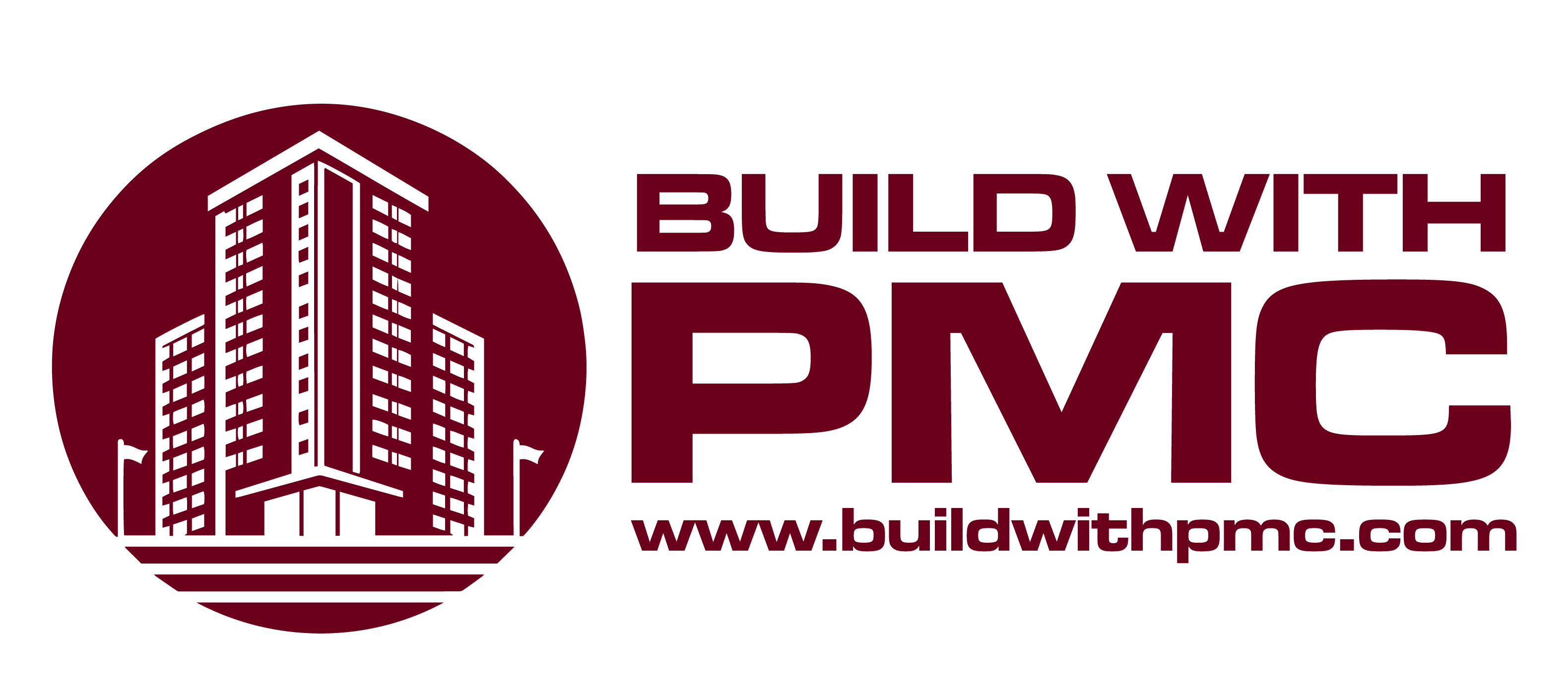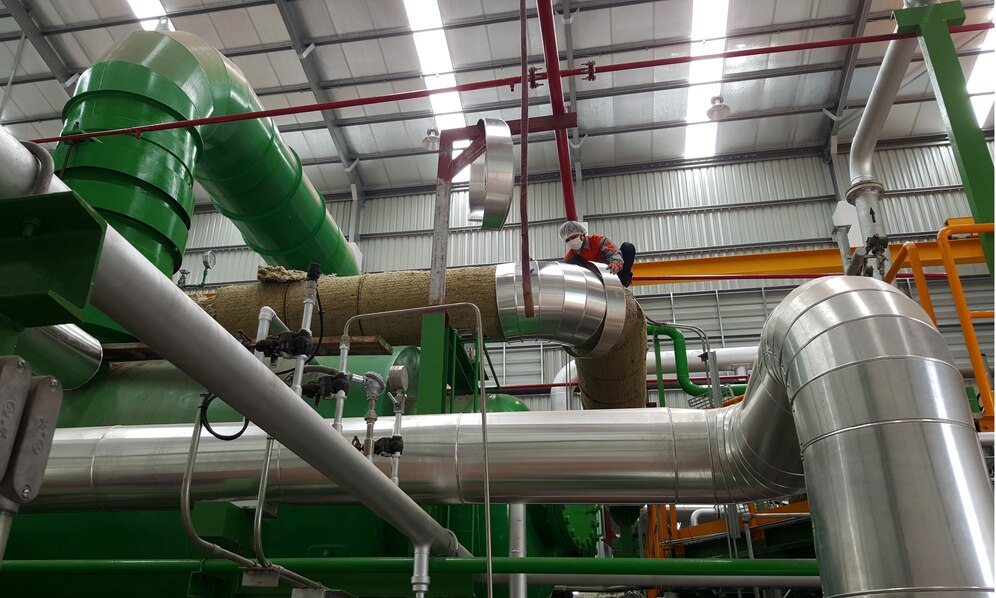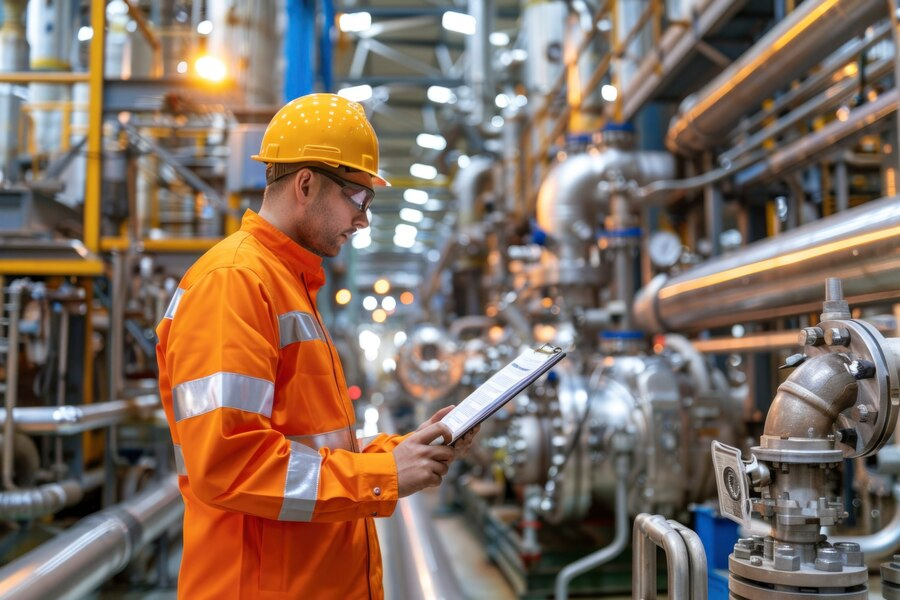In the world of industrial infrastructure, where functionality merges with precision engineering, process piping systems stand as silent yet crucial conduits of modern manufacturing. Often hidden from plain sight, these intricate networks of pipes carry fluids, gases, and even solids throughout facilities, ensuring the seamless operation of countless processes. Their complexity and design intricacies make them the unsung heroes of industrial operations, quietly enabling everything from chemical processing to pharmaceutical manufacturing with precision and efficiency.
The Backbone of Industrial Operations
Process piping systems serve as the circulatory system of industrial plants, transporting materials essential for production, cooling, heating, and waste disposal. They are meticulously designed to withstand extreme temperatures, pressures, and corrosive substances while maintaining reliability and safety. The engineering behind these systems encompasses a multitude of considerations: material selection, pipe sizing, routing, supports, insulation, and integration with other components like pumps, valves, and control systems.
At the heart of every process piping system lies meticulous engineering and design. Engineers meticulously calculate fluid dynamics, considering factors such as flow rates, pressure drops, and material compatibility to optimize performance. The selection of materials is a critical decision, influenced by the corrosive nature of substances being transported, environmental conditions, and operational requirements. Metals like stainless steel and carbon steel, known for their strength and resistance to corrosion, are often chosen, while specialized applications may demand the use of alloys, fiberglass-reinforced plastics (FRP), or polyvinyl chloride (PVC).
Materials and Design Considerations
The choice of materials for process piping is critical and varies depending on the substances being transported and the environmental conditions. Metals such as stainless steel, carbon steel, and various alloys are common for their strength and resistance to corrosion. For highly corrosive environments or specific applications, materials like fiberglass-reinforced plastic (FRP), polyvinyl chloride (PVC), or even exotic alloys may be used.
Designing a process piping system involves meticulous planning to optimize fluid flow, minimize pressure drops, and ensure efficient operation. Factors such as fluid characteristics (viscosity, temperature), flow rates, and the need for maintenance accessibility all influence the layout and configuration of the piping network.
Challenges in Installation and Maintenance
Installing and maintaining process piping systems require specialized knowledge and skill. Each component—from pipes and fittings to valves and instrumentation—must be installed correctly to prevent leaks, ensure structural integrity, and maintain operational efficiency. Periodic inspections and maintenance routines are essential to identify potential issues such as corrosion, erosion, or mechanical wear that could compromise system performance or safety.
One of the primary challenges during installation is the integration of piping systems within existing infrastructure or new construction projects. Coordination with other trades, such as electrical and structural engineers, is crucial to ensure seamless integration and minimal disruption to ongoing operations. Access constraints, confined spaces, and adherence to safety protocols further complicate the installation process, requiring skilled labor and adherence to strict safety procedures.

Automation and Advanced Technologies
Advancements in automation and digital technologies are transforming process piping systems. Automated valves and flow control systems enhance precision and responsiveness, optimizing energy use and reducing waste. Sensors and monitoring devices provide real-time data on flow rates, pressures, and temperatures, enabling predictive maintenance and improving overall reliability.
One of the significant advancements in process piping systems is the integration of automated valves and control systems. These systems enable precise regulation of fluid flow, pressure, and temperature, improving operational efficiency and responsiveness. Automated valves can adjust flow rates dynamically based on real-time demand, reducing energy consumption and minimizing pressure drops within the piping network. Control systems use sensors and actuators to monitor conditions and automatically adjust settings, ensuring consistent performance and enhancing system reliability.
Safety and Regulatory Compliance
Safety is paramount in the design and operation of process piping systems. Engineering standards and regulations govern every aspect, from materials and construction to testing and inspection protocols. Compliance with industry standards such as ASME B31.3 (Process Piping Code) ensures that systems are designed, installed, and operated safely, minimizing risks to personnel and the environment.
Ensuring safety and regulatory compliance is paramount in the design, installation, operation, and maintenance of process piping systems. These systems, integral to industrial operations, carry fluids, gases, and materials under high pressure and varying temperatures, requiring stringent adherence to industry standards and government regulations.
The Future of Process Piping
As industries evolve and demand for efficiency and sustainability grows, so too will the innovation in process piping systems. Integration with renewable energy sources, advanced materials with enhanced properties, and smarter, interconnected systems are on the horizon. The future promises even greater efficiency, reliability, and environmental stewardship in the realm of industrial process piping.
The future of process piping will see advancements in materials science and manufacturing techniques aimed at enhancing durability, corrosion resistance, and sustainability. Engineers are exploring the use of advanced alloys, composites, and nano-materials that offer superior mechanical properties while reducing environmental impact. Additive manufacturing (3D printing) is emerging as a transformative technology, allowing for complex geometries and customized designs that optimize fluid flow and minimize material waste.
Conclusion
Process piping systems represent the intricate convergence of engineering, materials science, and operational expertise. They silently underpin the functionality of diverse industrial sectors, from pharmaceuticals to petrochemicals, ensuring that processes run smoothly and safely. Understanding and appreciating the complexity of these systems is essential for anyone involved in industrial design, maintenance, or operation—an appreciation that underscores their crucial role in the modern industrial landscape. Contact us today at PMC Inc, located at 14563 Manzanita Dr, Fontana, CA 92335, Southern California, to learn more about how our expertise in process piping can benefit your operations.



